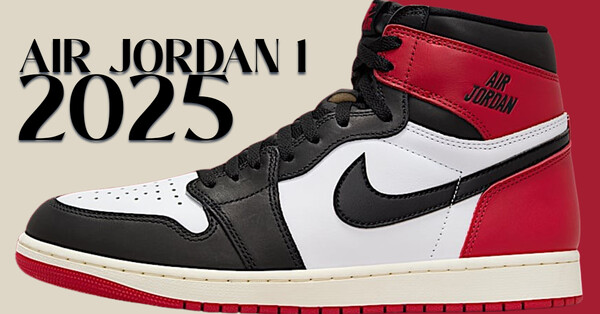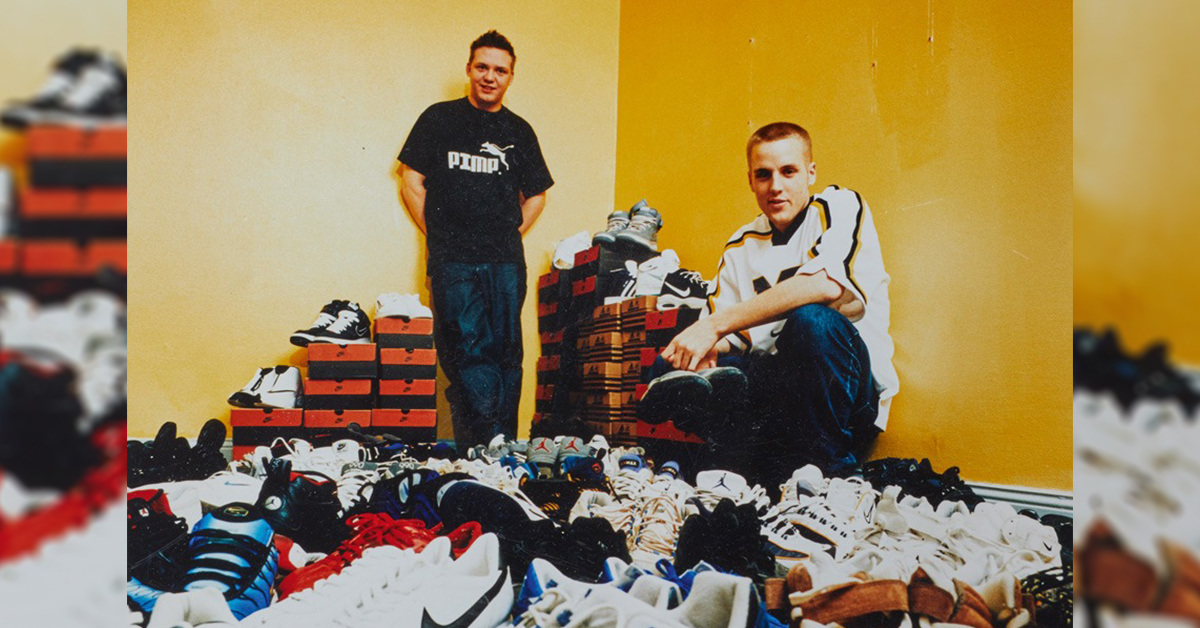.jpg)
The History of Sneakersnstuff
Without a doubt, Sneakersnstuff is one of the leading sneaker retailers today. While its two-decade history has helped shape our basic idea of what a modern sneaker store should be, SNS has also expanded like no other. After its successful beginnings in Sweden, the company has taken its business all over the world. After opening shops in Berlin, Paris and London, founders Erik Fagerlind and Peter Jansson fulfilled a childhood dream and set up shop in New York City. SNS teamed up with a new investor this year to grow the business, but the story of the shop's beginnings is a prime example of DIY passion - two friends start their business because they love what they do. And growth isn't the only thing remarkable about Sneakersnstuff - just think of all the great collaborations. There aren't many shops that collaborate with so many big brands at such a high level. It's not for nothing that Sneakersnstuff has been called the "King of Collabs" many times. As we approach SNS's 20th anniversary, we dive deep into the store's history and try to discover the secret sauce that keeps them at the top of the game.
Sneakersnstuff - The Past
"We had some kind of plan, but we blew our annual budget within the first 2.5 months and then just improvised for the next 5 years."
How did you meet and what made you decide to go into business together? Why the two of you?
Me and Peter met in the 90s. We both worked in the same sporting goods chain. At some point we ended up in the same shop and got together over trainers. I would say we knew each other for 3-5 years before we decided to start SNS.
.jpg)
The first Sneakersnstuff shop in Stockholm
You started with Sneakersnstuff at Åsögatan 124 in Stockholm. At that time, the sneaker "infrastructure" only existed in the form of baby shoes! What made you decide to open a trainer shop and did you have a real "plan" for the years to come?
The original idea was to sell sports shoes based on looks rather than performance. Originally we were only going to do it online, but having grown up in retail, it was natural for us to open a shop in the location we found. And we had some kind of plan - but we blew our annual budget within the first 2.5 months and just improvised over the next 5 years.
.jpg)
Shopfitting in true do-it-yourself style
.jpg)
Some classics of the 90s in the exhibition
Can you tell us about the biggest challenges in the early days? What was it like running SNS in the late 90s and early 2000s compared to running a Sneakersnstuff today?
It was very different from today. It was the time before adidas Originals and before Nike Sportswear. Not really before the internet, but before Google, so the true sneakerhead really had to make an effort to gain knowledge.
.jpg)
Packed to the rafters with sneakers and co.
So we had to travel a lot to find shoes that were not available in Europe. That was a lot of fun - but it was also a lot of work and we had to make a lot of sacrifices. For the first two years, we didn't have a real salary. And it took a long time before we earned any money at all - and when we did, we used the money to expand further.
.jpg)
Open for business
The History of Sneakersnstuff - New York
"We went to NYC to look for sneakers that we couldn't find here. In the end, we had to charge friends for the trip. But the main goal was always to buy sneakers for ourselves."
.jpg)
How much were you your own customers in the early days?
Haha - I think that's where it starts, isn't it? I mean, we went to New York City to look for sneakers that we couldn't find here. And friends knew that we knew what was going on, so they asked us to buy a pair for them too. Friends of friends and random people came to the shop where we worked. In the end we had to charge about 20 euros for the trouble. With that we paid for the hotel or the flights - but the main goal was always to buy trainers for ourselves. Once we had accounts with the brands - and the lifestyle started to develop - we bought more than a few pairs over the years.
You were young and living your dream - as drug addicts selling your own drugs. Can you tell a crazy story from those early days? The hunt for products, the hustling, the storage, the customers, the crazy meetings? Actually, everything...
Man, we met so many fun people. And some not so funny ones. It's always hard for me to reminisce and talk about "the good old days". I think I cling to the future, because the best times are yet to come.
.jpg)
Peter and Erik on a 90s sneaker shopping spree in New York City
.jpg)
A few souvenirs...
But I remember walking around Brooklyn with $5,000 in my pocket, trying to look casual - going into every shop on Fulton Street and trying to get the best deal. We tried to sweet-talk anyone who was willing to give us a few dollars more, only to find out later that all those shops were owned by the same man anyway. We met him in New York a few years ago and laughed about it. Now he asked us for trainers...
The History of Sneakersnstuff - Present Day
"Our expansion may stem from the fact that Stockholm is a small market. We couldn't afford to offer such poor service as shops like Supreme or Clientele did in NYC."
Most older sneaker stores have either stayed small or are no longer in the hands of the founders. How have you managed to grow so much while still staying in the thick of it and on top? What is the secret?
I don't know. We always wanted to expand. I think it's because Stockholm is a small market - we couldn't afford to offer such a bad service like shops like Supreme or Clientele in NYC. In the first 2 years we bought out our neighbour to expand the shop, and within 4 years we opened another shop in Stockholm. After 5 years we opened another shop in Malmö, and we even started our own chain of shops called Proof, where we managed to open two shops before reality caught up with us.
.jpg)
This is what the site in Stockholm looks like today
But I think the most important ingredient is realising what you want to do and what you are missing or need to add to achieve that. We had a really hard time in the mid-2000s realising a lot of that. Personally, I think quite far ahead sometimes - but I'm also very restless. We have to keep moving - if you stay in repeat mode for too long, you will die.
In recent years you have expanded SNS, with locations in Berlin, Paris, London and New York. Is it possible to grow further, or is there a danger that it will lose its appeal and soul if it gets too big?
I think this risk exists regardless of size. And that is something to keep in mind and focus on. But the secret is to get more people on board. It's been amazing how many great people we've been able to attract over the last 10 years. Without them, it would be impossible to stay SNS.
.jpg)
SNS Paris, housed in the building of an old bank
With five different shops on two continents, what kind of philosophy would you say connects all your locations? Is there something that makes you immediately recognise that you are at SNS, no matter which shop you are in?
I think the atmosphere. And a good and friendly service. That is very important for us. Of course, that will be triggered in different ways at different times. But friendly and comprehensive customer service will always be important.
.jpg)
The 2000 square metre shop in the Sentier district of Paris opened in 2015.
Erik, about a year and a half ago you publicly spoke out on your personal Instagram account about the imbalance between supply and demand for adidas YEEZY releases. Was that the first time such a step was necessary?
Haha, social media is weird. You can say 1000 positive things and nobody really says anything about it. But one bad thing unites all the people who are in the same situation and that can be inflammatory. To be honest, I wrote the post to help our customer service team who were being pressured by people who couldn't get a pair. But I guess the irony is that it worked. Senior adidas staff grabbed us (me) by the ear and let us (me) know that it wasn't okay.
They all agreed with what I had said - it was more the way and where I had said it that bothered them. And I agree with them that it is a bit too easy to play the role of Robin Hood in such a world. They said that I should have addressed them directly instead. But I told them that I had already done that but could not see any change. My theory was that in a big company no one wants to be the bearer of bad news, so the problems get stuck with middle management. The irony of it is that it gave us access to the right people who then made changes for the better. Nike, on the other hand, was not pleased because I had called adidas "the brand of the future". In my defence, I have to say that I put that in inverted commas because they called themselves that. I think they are both brands of the future. And I should probably stop here - I love politics.
They all agreed with what I had said - it was more the way and where I had said it that bothered them. And I agree with them that it is a bit too easy to play the role of Robin Hood in such a world. They said that I should have addressed them directly instead. But I told them that I had already done that but could not see any change. My theory was that in a big company no one wants to be the bearer of bad news, so the problems get stuck with middle management. The irony of it is that it gave us access to the right people who then made changes for the better. Nike, on the other hand, was not pleased because I had called adidas "the brand of the future". In my defence, I have to say that I put that in inverted commas because they called themselves that. I think they are both brands of the future. And I should probably stop here - I love politics.
.jpg)
BOOST on BOOST at SNS Berlin
As the number of limited releases has steadily increased over the last few years, there are always a lot of people who will come up empty-handed. Do you feel that shops like yours are sometimes unfairly blamed for this?
People are frustrated - I understand that. I don't know if it's fair. But it may be that 130,000 people sign up for one shoe. With today's tools, we know that all people are unique. And we do get a lot of shoes, but still 99% go away empty-handed. So for some people it will feel like we didn't have shoes at all. But we are working closely with the brands to understand the new world together. I'm not saying we will ever get 130,000 pairs, but we need more pairs so that the overall impression is positive.
.jpg)
Another unique exhibition at the SNS store in the German capital
You've always held up the flag for independent retailers and brick-and-mortar shops, as a contrast to the big sneaker chains. Now that SNS is expanding more and more, do you think you could end up in that chain-like position at some point - even with some of the features that people criticise about the big players?
I think that dissatisfied people will always look for a scapegoat. But to be honest, that's what we do every day. This is what we talk about internally every day. How do we stay true to who we are and where we come from every day? But again, it comes down to who you have on your team and that you allow them to do their thing locally and globally.
I think that dissatisfied people will always look for a scapegoat. But to be honest, that's what we do every day. This is what we talk about internally every day. How do we stay true to who we are and where we come from every day? But again, it comes down to who you have on your team and that you allow them to do their thing locally and globally.
.jpg)
SNS NYC - Back to the Beginnings
You've been expanding quite a bit lately, with new shops all over Europe and now your newest store in NYC. How does the move across the pond and the opening of your first US shop differ from your previous ventures in this country?
The first steps are always a challenge. The first shop outside London was hard work. There was a structure to build, brands to convince to support us and so on. In New York it wasn't much different, it just took longer, longer conversations. And the world has become much smaller in the last 5 years. I think it would have been more difficult for us to open in New York when we were as big as we were 5 years ago.
Recently it was reported in the media that Sneakersnstuff was sold to an investor and you basically cashed out. Can you clarify that a bit, Erik?
What happened is that the venture capital partner we had for the last three years was at the end of his term. We looked for a new partner and found him in FSN Capital. So we have not run out of business. We just have a new partner who can better support our ambitions. Myself, Peter and our now 200-strong SNS family will continue to run SNS. We have many years ahead of us and we are still excited to be here.
.jpg)
The shop in New York City opened at the end of 2017.
Your first collaboration was the Puma Basket Hemp in 2003. At that time, collaborations were still quite a new concept, but you executed it perfectly, from the choice of materials to the individual numbering referring to your original location, etc. What were your main inspirations back then and how did you manage to do it well?
Our first SMU was with adidas. It wasn't really an SMU, but adi sold it to us as one. We had been asking adidas for exclusive colourways for some time and they finally said, "If you buy 300 pairs each of these Gazelle Hemp, we won't sell them to anyone else in Sweden". We bought 312 pairs (to prove something, I guess) and they sold out very quickly.
.jpg)
Illustration by Dan Freebairn (@kickposters)
When Puma - who were the first to agree to a collaboration - came along, we referred to the same shoe to appeal to a vegan clientele, even though none of us were (are) very vegan. But then we added details like numbered shoes: gold embroidery on the inside as a tribute to the street we started in and had just moved out of at the time of this collaboration. We also wanted to have multiple laces, a special cardboard fabric and so on, but Puma couldn't do that - so we did it all ourselves and repackaged all the shoes. Pretty forward-thinking in 2003.
Can you name three of your own Sneakersnstuff collaborations that you personally remember the most?
I loved how spontaneously the first rounds with New Balance came about. That was a lot of fun. Nowadays, we all tend to think too much and design too much - both brands and ourselves. This is also true for the ZX shoe we developed. It was groundbreaking in many ways, in terms of backstories. But as always, I get excited when I look to the future. I love being part of new technology and not just living in the past. To have seen the development of the Ultra Boost - and now to be part of the launch of the adidas 4D this summer - is really great.
.jpg)

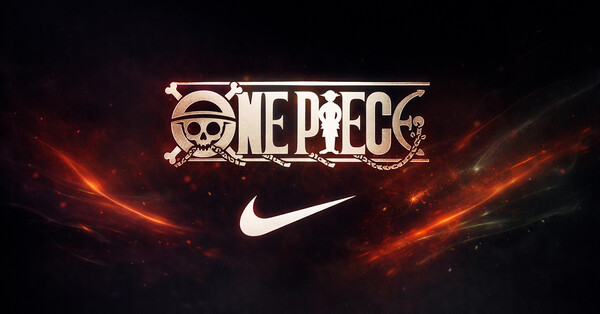

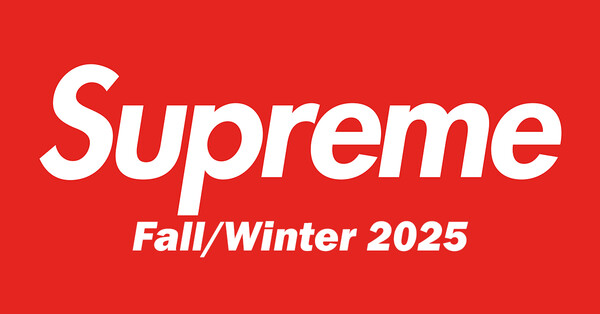

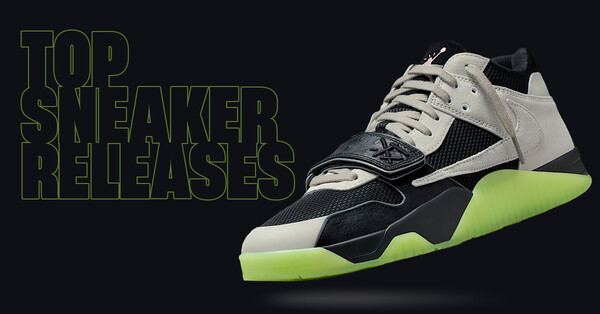.jpg)
